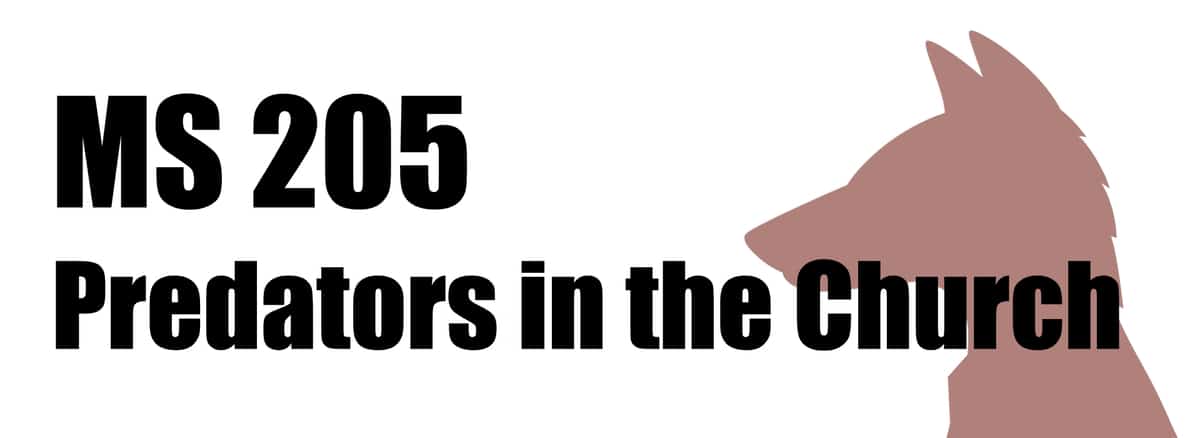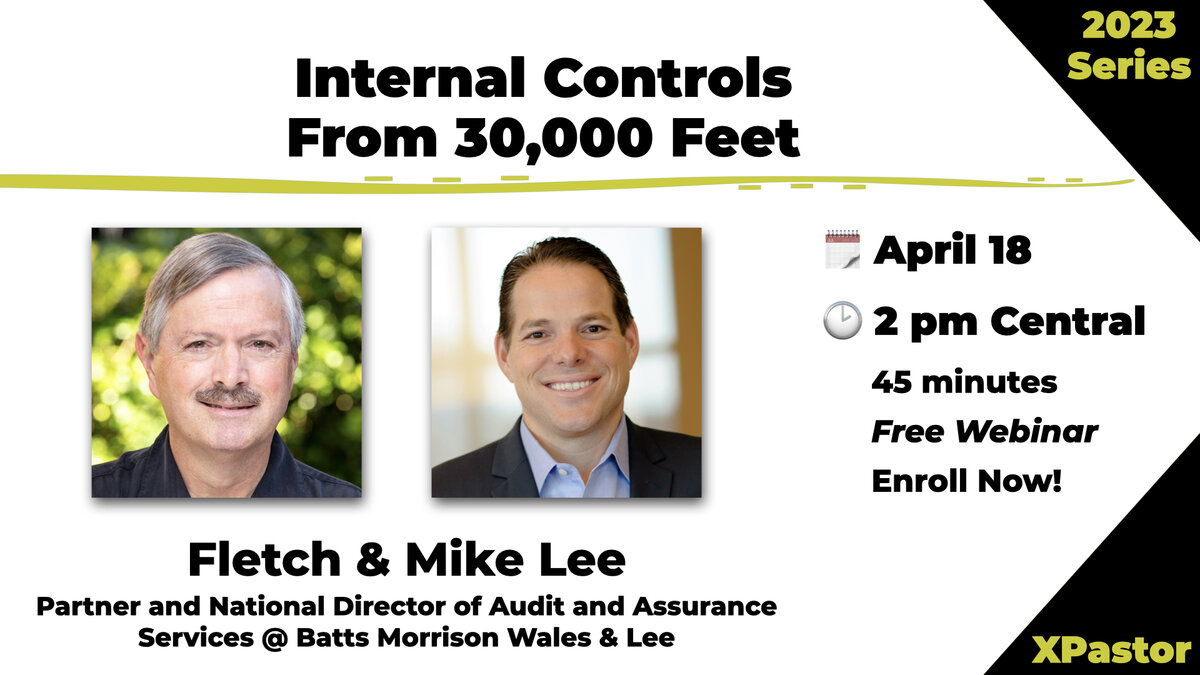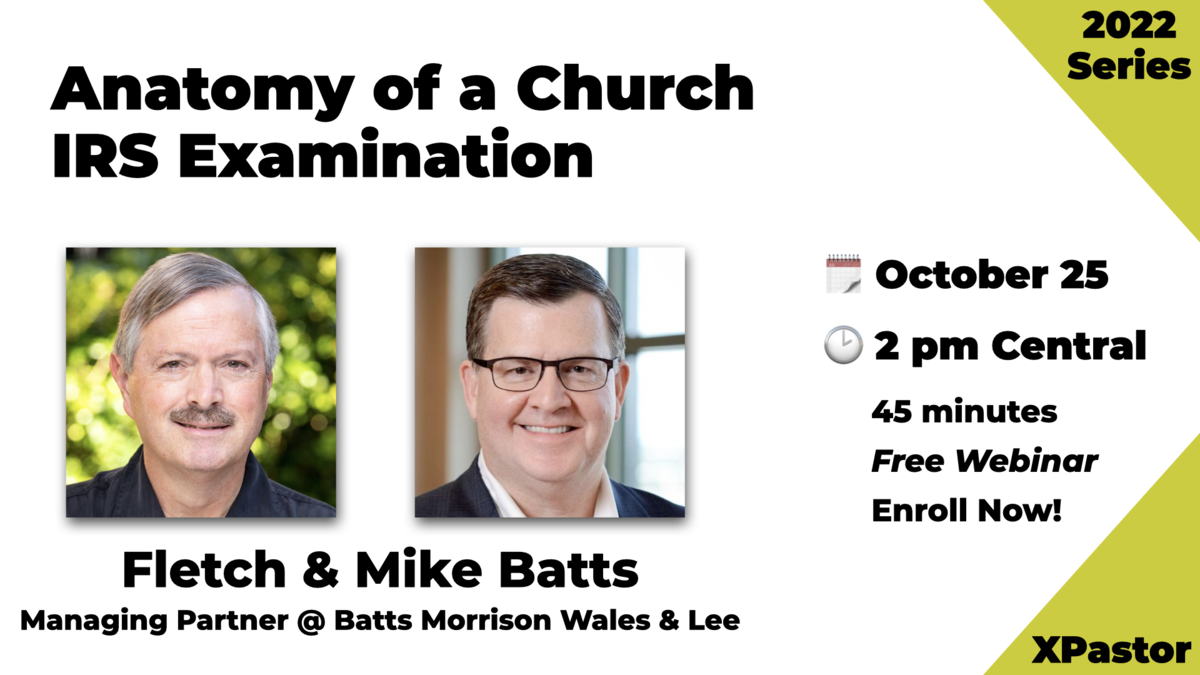We have brought together material from Mike Batts and from Brother Mutual to see the scope of risk management. Mike Batts is the managing partner of Batts Morrison Wales & Lee. He has more than 30 years of experience serving nonprofit organizations in a variety of ways. Mike actively engages in nonprofit legislative matters at the federal and state levels. He has served on and chaired the boards of nonprofit organizations, both nationally and locally. Brotherhood Mutual Insurance Company gives detailed areas on the scope of risk management.
Mike Batts is the managing partner of Batts Morrison Wales and Lee. He has more than 30 years of experience serving nonprofit organizations in a variety of ways. Mike actively engages in nonprofit legislative matters at the federal and state levels. He has served on and chaired the boards of nonprofit organizations, both nationally and locally.
Mike identifies three main areas of risk in church life
Governance—Corporate structure; whether the church’s activities and assets should all be in one legal entity or separated to insulate from excessive liability. Governing documents; whether the articles of incorporation and bylaws contain all appropriate provisions and whether the church’s actual governance practices conform to the governing documents. Leadership succession.
Operations and Finance—Tax-exempt status and compliance. Financial condition and financial controls. Adequacy of insurance coverage. Key operational areas. Physical safety.
Policy—Policies and policy manuals. Human resources. Child molestation. Public relations.
Brotherhood Mutual Insurance Company gives detailed areas on the scope of risk management.
Accident Prevention—Are your sidewalks well lighted, dry, and covered with non-slip material? Are walkways and doors kept free of obstructions? Are parking lots safe? Is playground equipment maintained?
Childcare—Do you use a paging or other system to ensure children return only to authorized parents? Do you do a background check on all of your workers and volunteers?
Fire Protection—Does your church have a fire alarm system and fire extinguishers readily available? Are your fire sprinklers maintained?
Transportation Dangers—Does your church own vehicles that are well maintained? Do you use volunteer drivers? Do they have adequate insurance? Are they trained to drive large vans or buses?
Counseling—Does your church (or the individual counselors) carry professional liability insurance? Do you have a policy that covers counseling activities?
Finances/Payroll—Are dual signatures required for all checks above small amounts? Are all church credit cards properly maintained and regularly checked? Are at least two people present when offerings are counted? Does your church file the appropriate tax forms for all employees, including W-2s and 1099s
Volunteer Selection and Training—Does your church thoroughly screen volunteers who will be driving church vehicles or working with children? Do you supervise volunteers and train them in their responsibilities?
Security—Does your church have an electronic security system in place? Do you have a strictly enforced key monitoring system? Do you have adequate lighting around your doors, parking lots, and at the rear of your buildings?
Church Employees—Do you have up-to-date hiring policies? Do you provide ongoing training? Do you have a sexual harassment policy?2
1—Batts, Building a Culture of Risk Management.
2—Brotherhood Mutual Insurance Company, 9 Key Risk Areas Churches Face (Fort Wayne, IN: Brotherhood Mutual Insurance Company) available from https:// www.brotherhoodmutual.com/resources/safety-library/risk-management-articles/risk- management-basics/9-key-risk-areas-churches-face.










